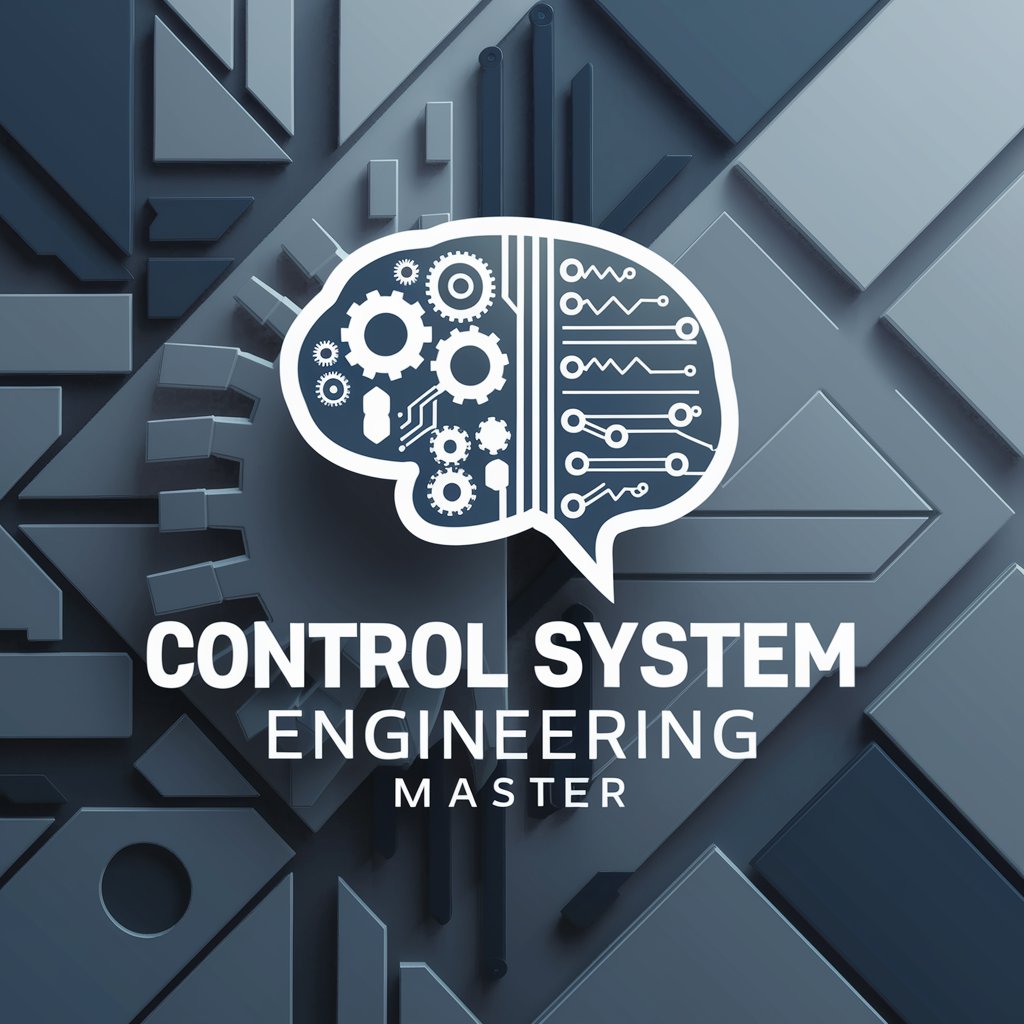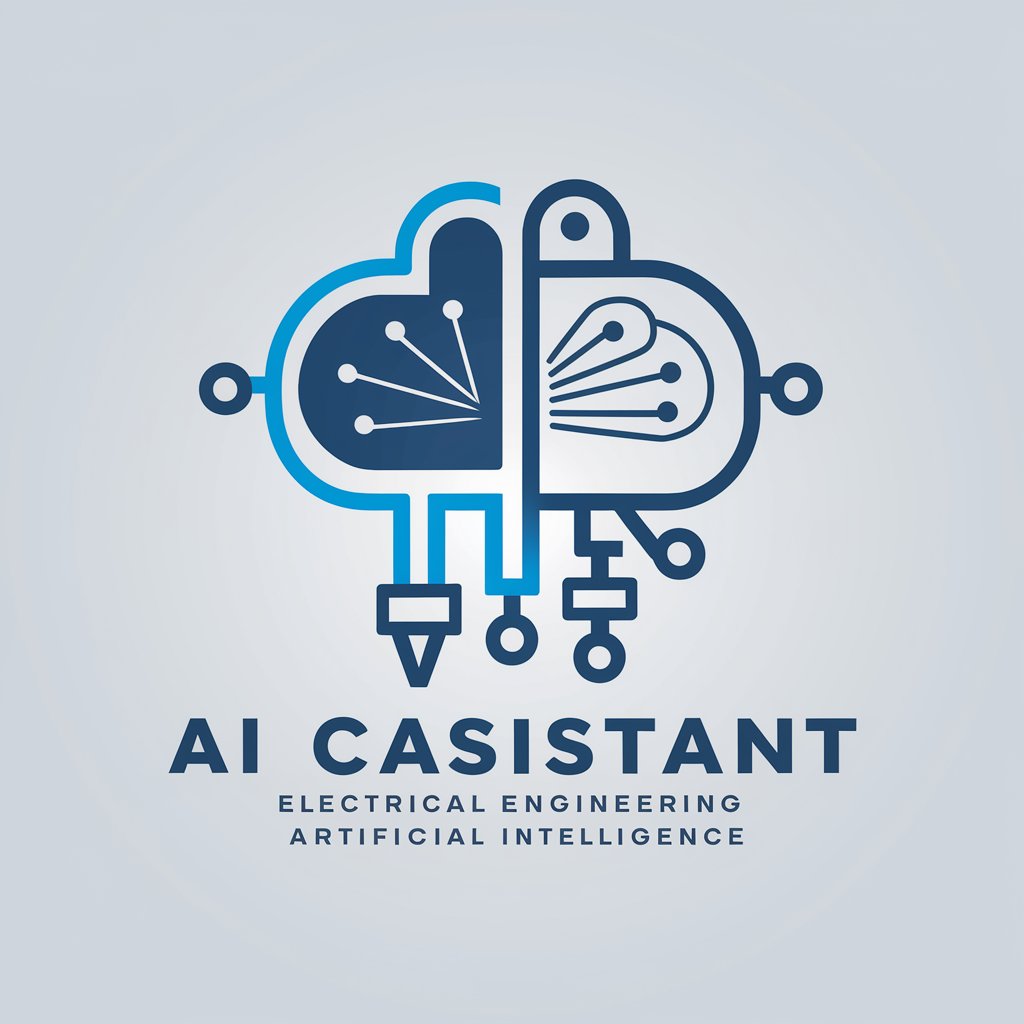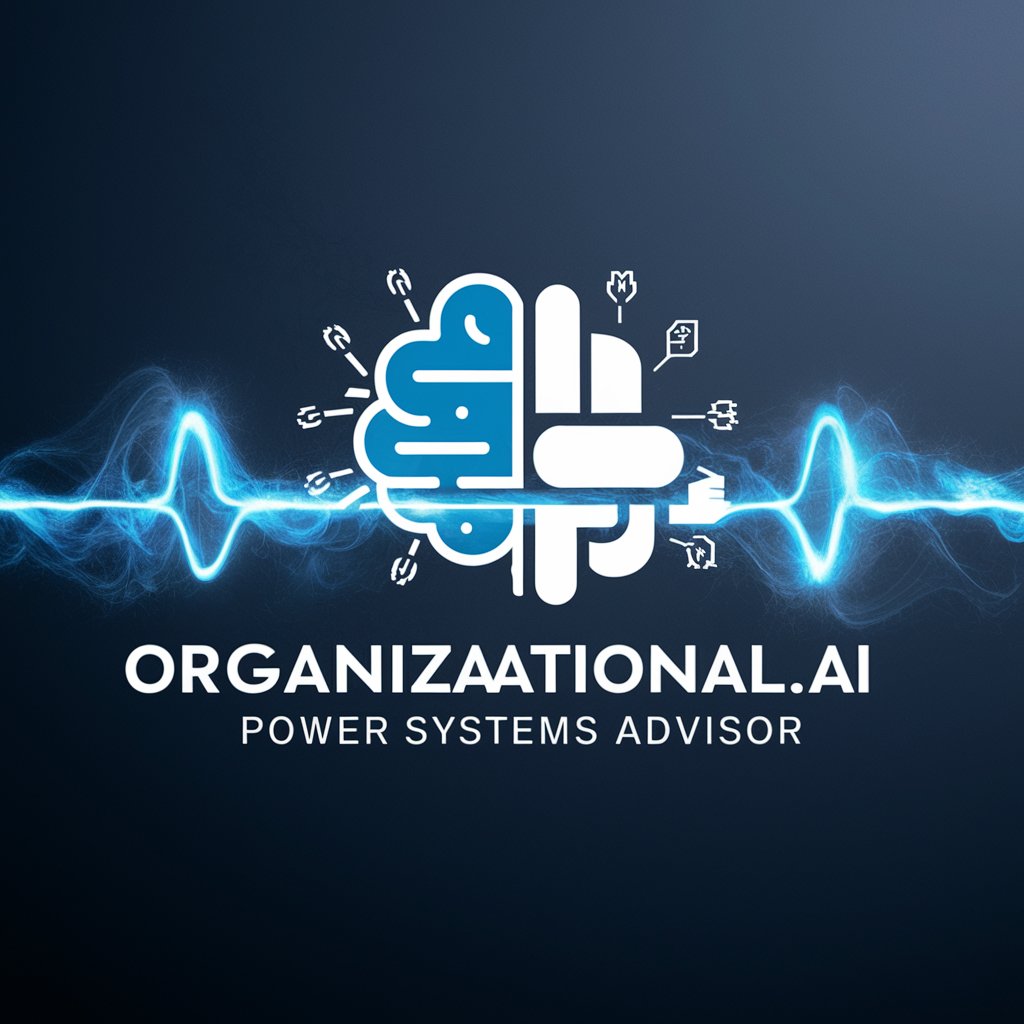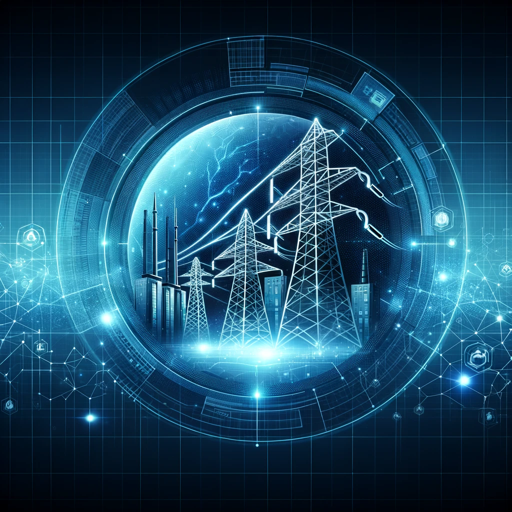
Power System AI - AI-Powered Power System Analysis
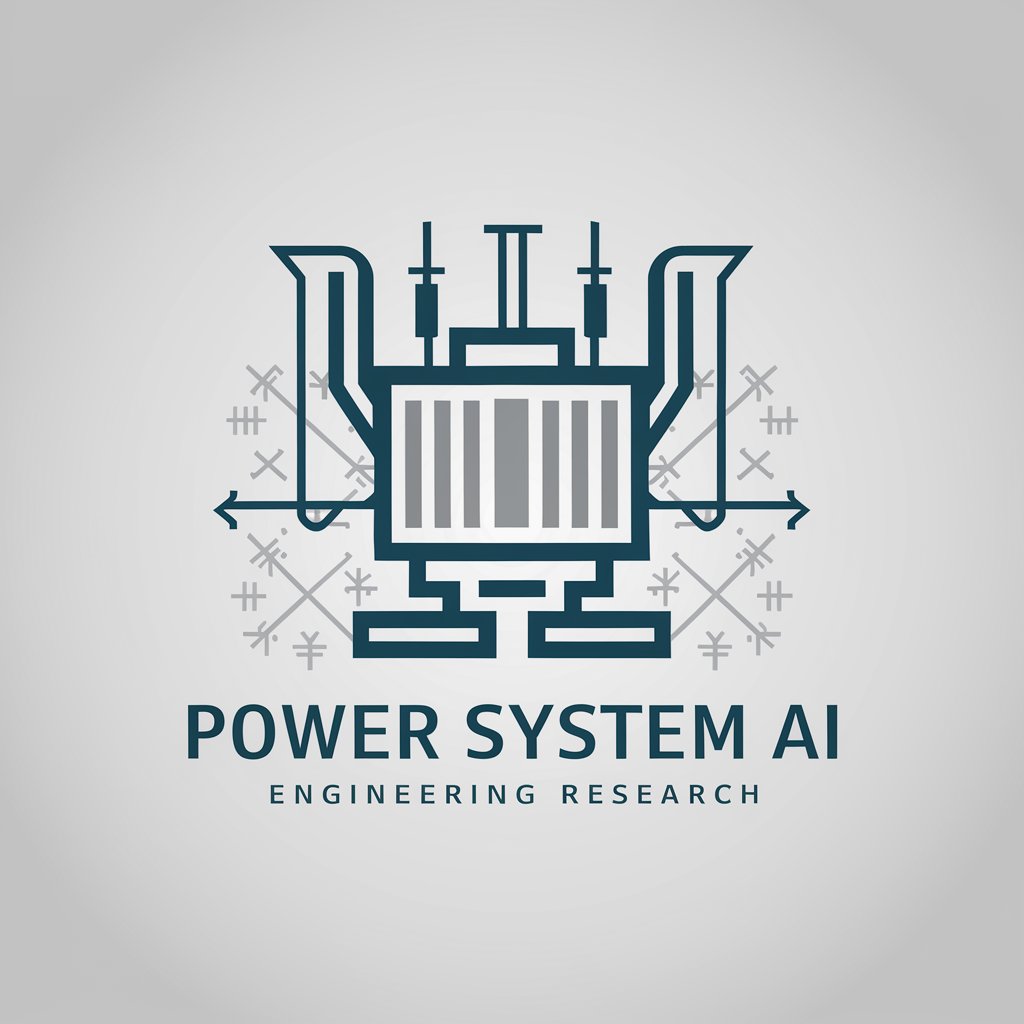
Welcome to Power System AI, your research partner in power systems engineering.
Empowering Grid Innovation with AI
Analyze the impact of renewable energy integration on power grid stability.
Explain the role of smart grids in modern power systems.
Discuss the challenges of power system protection and fault analysis.
Compare different energy storage technologies for grid applications.
Get Embed Code
Overview of Power System AI
Power System AI is designed to integrate advanced artificial intelligence techniques into the realm of power systems engineering and operations. Its primary purpose is to enhance decision-making processes, optimize the performance of power networks, and ensure the reliability and efficiency of electrical energy distribution. Through the utilization of machine learning algorithms, data analytics, and predictive modeling, Power System AI can analyze vast amounts of data from various sources including smart meters, sensors, and IoT devices within the grid. This capability allows for real-time monitoring, fault detection, predictive maintenance, and energy demand forecasting, among other applications. For example, by applying AI-driven predictive analytics, Power System AI can forecast energy demand spikes, enabling utilities to manage load more effectively and avoid potential blackouts. Powered by ChatGPT-4o。

Core Functions of Power System AI
Real-time Monitoring and Fault Detection
Example
Using sensor data from transmission lines to identify and locate faults instantly.
Scenario
In a scenario where a transmission line fault occurs, Power System AI processes sensor data in real time to quickly identify the fault's location, type, and potential cause. This rapid detection allows for immediate response actions to prevent widespread outages and equipment damage.
Predictive Maintenance
Example
Analyzing equipment condition data to predict future failures.
Scenario
Leveraging historical and real-time data on equipment performance, Power System AI can predict when and which components might fail or require maintenance. This foresight helps in scheduling maintenance activities proactively, thereby minimizing downtime and extending the equipment's lifespan.
Energy Demand Forecasting
Example
Utilizing historical consumption patterns and weather data to predict future energy needs.
Scenario
By analyzing past consumption data along with weather conditions, Power System AI forecasts future energy demands with high accuracy. This enables power utilities to optimize generation planning, balance supply and demand effectively, and incorporate renewable energy sources efficiently.
Grid Optimization and Load Balancing
Example
Optimizing the distribution of electrical loads across a network to prevent overloading.
Scenario
Power System AI applies optimization algorithms to distribute electrical loads evenly across the network, ensuring each segment operates within its capacity limits. This function is crucial for maintaining grid stability, especially during peak demand times or in situations where renewable energy sources introduce variability.
Target User Groups for Power System AI Services
Utility Companies
Utility companies stand to benefit significantly from Power System AI by optimizing grid operations, enhancing the reliability of power supply, reducing operational costs through predictive maintenance, and improving customer satisfaction through better service quality.
Energy Regulators and Policy Makers
Regulators and policy makers can use insights from Power System AI to inform regulatory decisions, ensure grid stability, promote the integration of renewable energy sources, and devise policies that support sustainable and efficient energy use.
Research and Academic Institutions
Researchers and academics in the field of power systems and electrical engineering can leverage Power System AI for advanced studies, simulation of grid behaviors, development of new AI algorithms for power systems, and training the next generation of engineers.
Renewable Energy Developers
Developers of renewable energy projects can utilize Power System AI to better predict energy yields, integrate renewable sources into the grid more efficiently, and optimize the operation of energy storage systems to maximize returns on investment.

Guidelines for Utilizing Power System AI
Initiate Your Journey
Begin by accessing yeschat.ai for a complimentary trial, no sign-up or ChatGPT Plus required.
Define Your Objective
Clarify your research or project goals. Understanding whether you need analysis, simulation, or data interpretation helps in leveraging the AI effectively.
Engage with the AI
Interact with the AI by inputting specific questions or scenarios related to power systems. The AI can handle queries from grid stability to renewable energy integration.
Utilize Advanced Features
Explore advanced functionalities, such as custom simulation setups or detailed technical analyses, to deepen your research insights.
Review and Iterate
Evaluate the AI-generated insights, apply them to your context, and refine your queries based on initial outcomes for optimized results.
Try other advanced and practical GPTs
Marketing Plan Generator
Crafting Strategic Marketing with AI

仕訳アンサー(個人事業主用)
Simplify Your Bookkeeping with AI

仕事用 画像作成
Crafting Visuals with AI Precision

光的故事 紀錄片製作
Illuminate Stories with AI-Enhanced Filmmaking

Post-California Prison Planner for Success
Empowering Your Successful Reintegration

Prison Prep Guide
Empowering your journey through federal sentencing with AI.

BuyBorg .com
Empowering Luxurious Choices with AI

Prompt Optimizer
Optimize Your AI Interactions
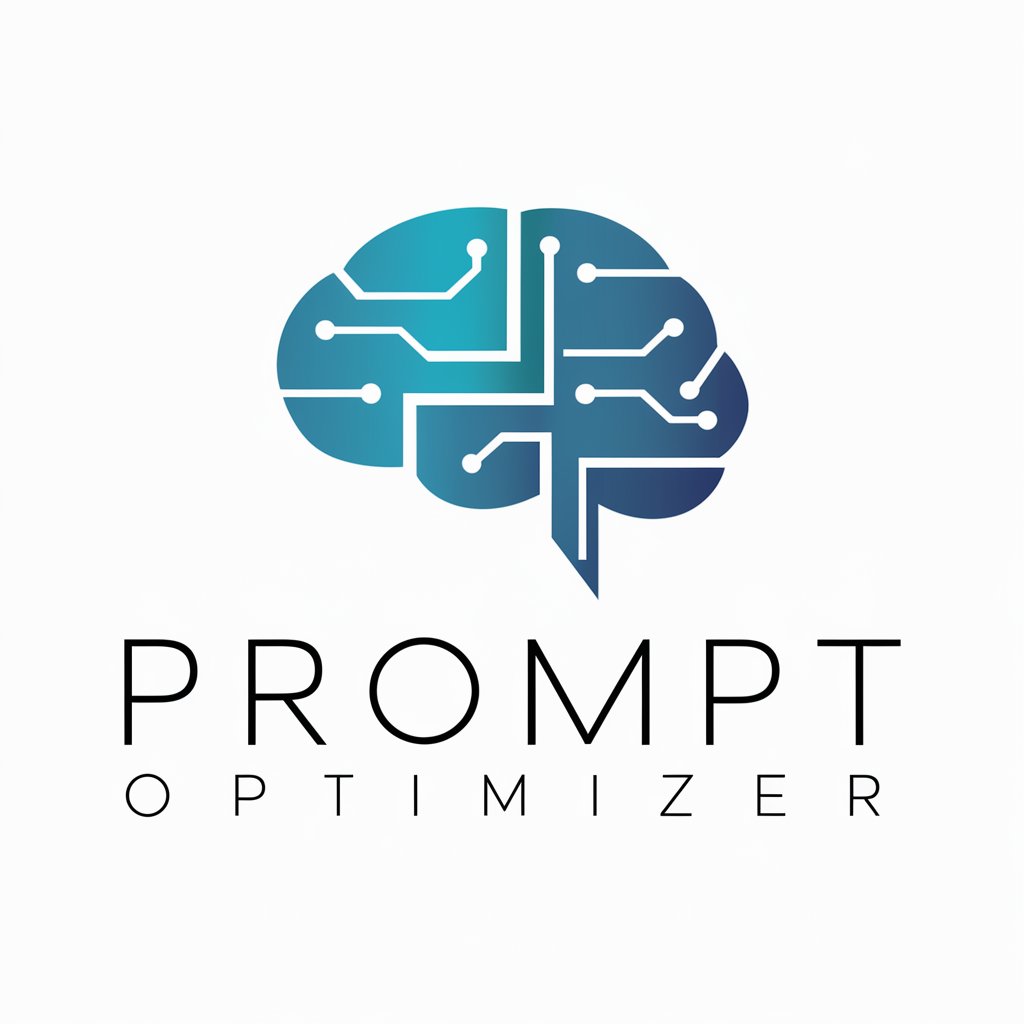
Ad Variety Generator
Revolutionize Your Ads with AI

Piper: Homework Buddy
Master Your Studies with AI

iChatGPT
Revolutionizing conversations with AI
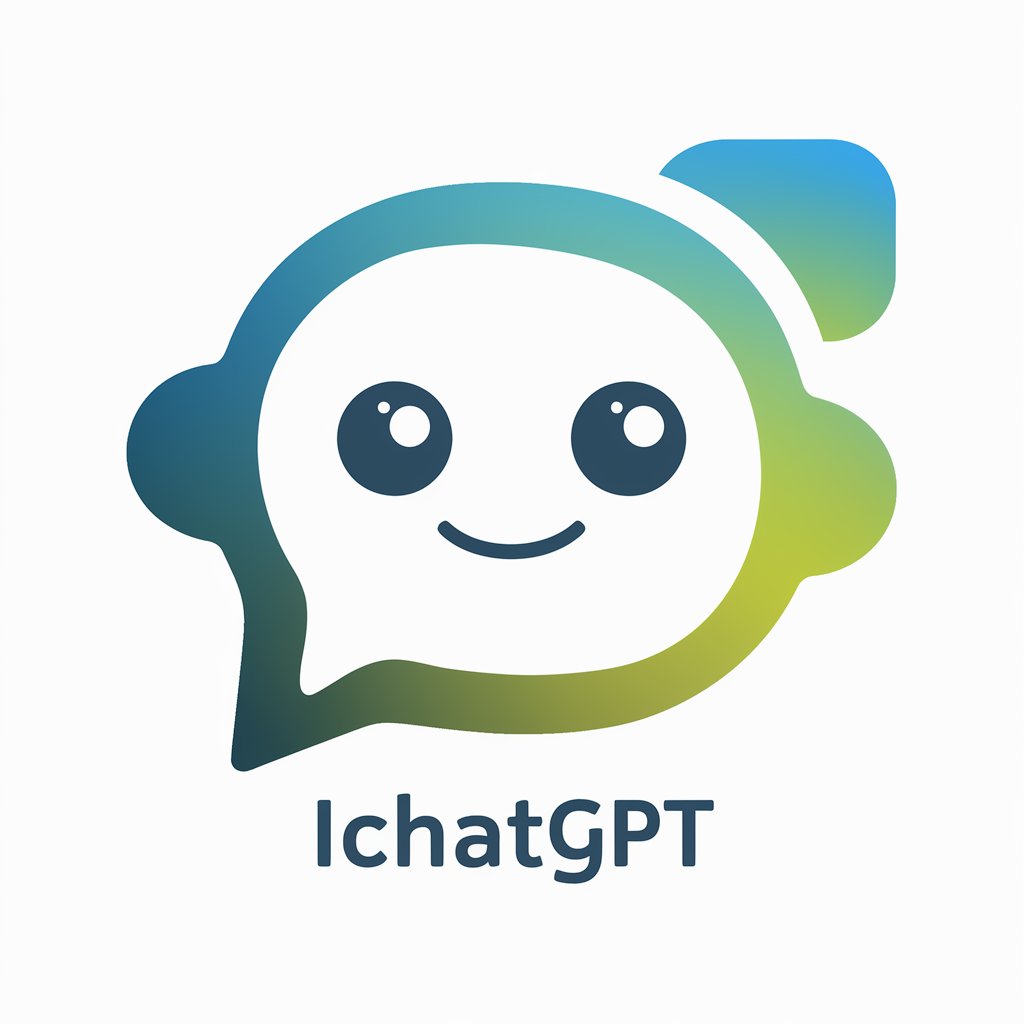
All American Events Promoter
Empowering Events with AI

Frequently Asked Questions about Power System AI
What is Power System AI designed for?
Power System AI is designed to provide technical insights, analyses, and support for a wide range of power systems engineering challenges, from grid stability assessments to renewable energy integration strategies.
Can it simulate electrical grid scenarios?
Yes, it is equipped to simulate various electrical grid scenarios, including load flow analysis, fault studies, and the impact of integrating renewable energy sources.
Does it support renewable energy projects?
Absolutely, it offers advanced analytical capabilities to assess the viability, performance, and grid integration of renewable energy projects, including solar, wind, and hydroelectric power systems.
How can it aid in academic research?
Power System AI can assist in academic research by providing detailed analyses, generating simulation data, and offering insights into complex power system dynamics and engineering principles.
Is there a way to customize the analyses?
Yes, users can customize their analyses by specifying particular parameters, scenarios, or objectives, enabling the AI to tailor its output to specific research needs or project goals.
